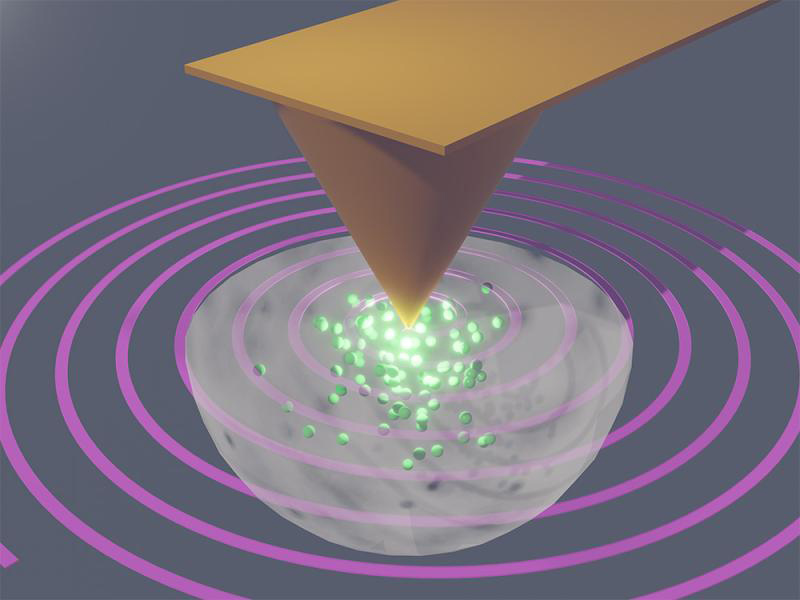 Spiral-tip motion combined with image reconstruction techniques is an approach that can help scientists better understand the behavior of an electric charge at the microscopic level, essential for improving batteries and electronic devices. Credit: Stephen Jesse/ORNL, U.S. Department of Energy.
Spiral-tip motion combined with image reconstruction techniques is an approach that can help scientists better understand the behavior of an electric charge at the microscopic level, essential for improving batteries and electronic devices. Credit: Stephen Jesse/ORNL, U.S. Department of Energy.
So please consider turning off your ad blocker for our site.
Innovation
Deciphering Dynamics of Electric Charge
New tool presents precise, holistic picture of devices, materials
Published: Thursday, February 22, 2024 – 12:00
Our PROMISE: Quality Digest only displays static ads that never overlay or cover up content. They never get in your way. They are there for you to read, or not.
Quality Digest does not charge readers for its content. We believe that industry news is important for you to do your job, and Quality Digest supports businesses of all types.
(ORNL: Oak Ridge, TN) — Research led by Oak Ridge National Laboratory’s Marti Checa and Liam Collins has pioneered a groundbreaking approach, described in the journal Nature Communications, toward understanding the behavior of an electric charge at the microscopic level.
Thanks,
Quality Digest
منبع: https://www.qualitydigest.com/inside/innovation-news/deciphering-dynamics-electric-charge-022224.html
“The method introduced in this study expands the tool kit available to users at the Center for Nanophase Materials Sciences at ORNL, facilitating exploration across various devices and materials,” Checa says.
However, someone has to pay for this content. And that’s where advertising comes in. Most people consider ads a nuisance, but they do serve a useful function besides allowing media companies to stay afloat. They keep you aware of new products and services relevant to your industry. All ads in Quality Digest apply directly to products and services that most of our readers need. You won’t see automobile or health supplement ads.
Collins described the technique as similar to having a high-speed camera that enables detailed videos of a hummingbird’s wings in motion, where previously only blurry snapshots were possible.
Their findings could be vital for improving efficiency, life span, and performance in batteries, solar cells, and other electronic devices.
In the paper, the team explained their approach, which enables visualizing charge motion at the nanometer level, or one billionth of a meter, but at speeds thousands of times faster than conventional methods.
To achieve this, they employed a scanning probe microscope equipped with an automated control system that enables a unique spiral pattern for efficient scanning, along with advanced computer vision techniques for data analysis. The rapid, thorough view of processes demonstrated in the new approach was previously unattainable.
 Spiral-tip motion combined with image reconstruction techniques is an approach that can help scientists better understand the behavior of an electric charge at the microscopic level, essential for improving batteries and electronic devices. Credit: Stephen Jesse/ORNL, U.S. Department of Energy.
Spiral-tip motion combined with image reconstruction techniques is an approach that can help scientists better understand the behavior of an electric charge at the microscopic level, essential for improving batteries and electronic devices. Credit: Stephen Jesse/ORNL, U.S. Department of Energy.